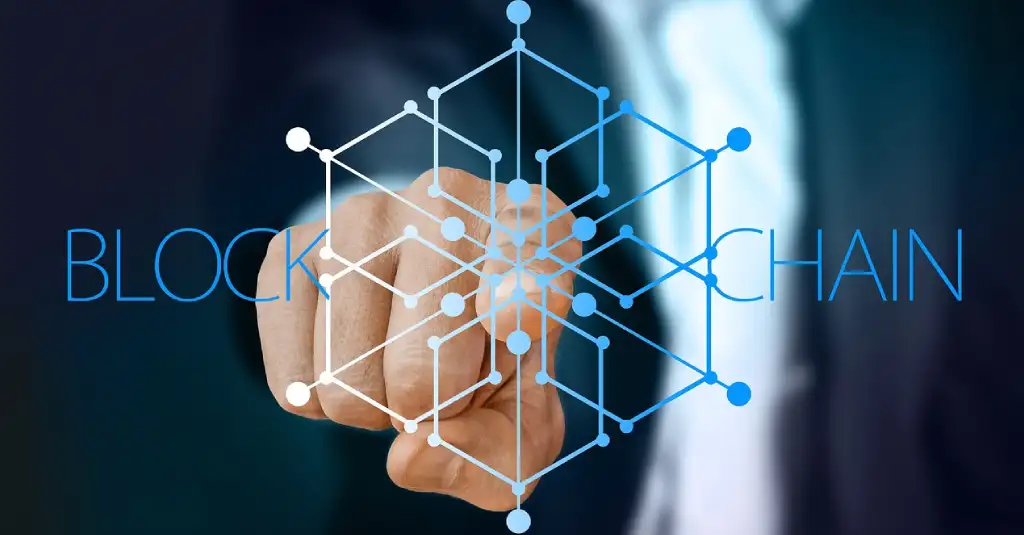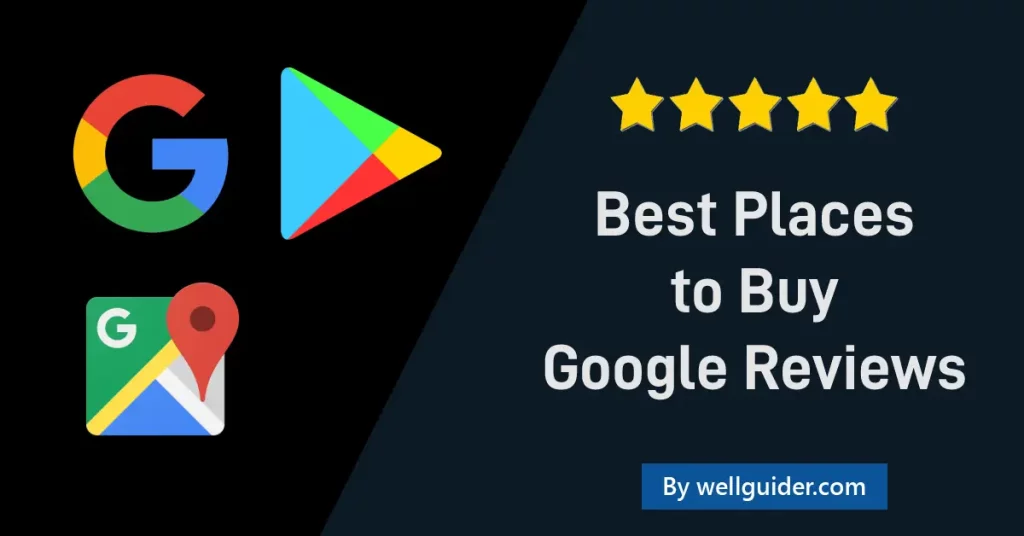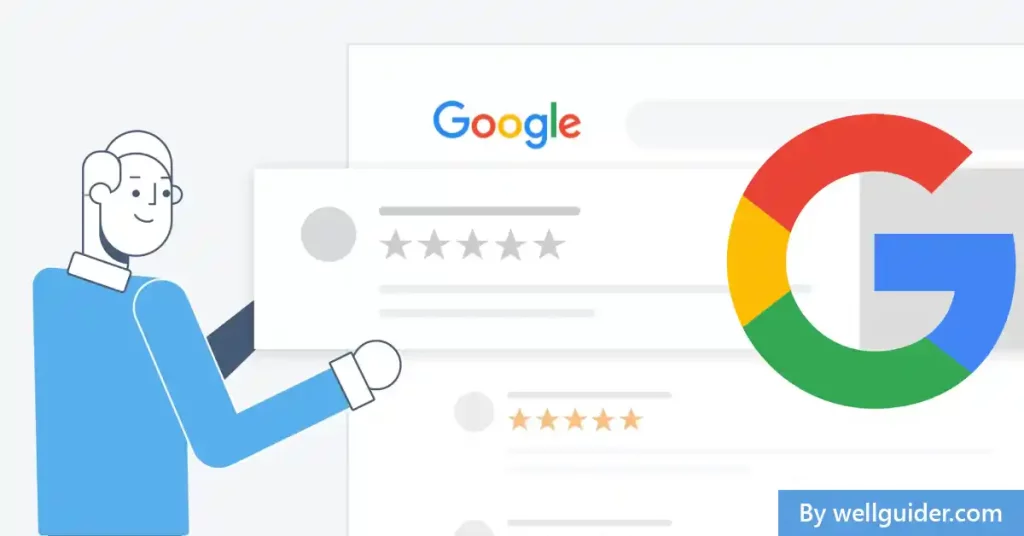Imagine a world where you send money across borders in seconds without worrying about hefty fees or middlemen. This isn’t science fiction, it’s the power of blockchain payments in 2025. Blockchain technology, once reserved for crypto enthusiasts, has evolved into a reliable and efficient way to handle transactions.
With advancements in technology and growing trust, blockchain is poised to dominate the payment industry this year.
Let’s explore why this is a game-changer.
What is Blockchain Technology?
Before diving into its advantages, let’s break down what blockchain actually is. Think of it as a digital ledger, kind of like a notebook shared among everyone in a network.
Every time someone makes a transaction, it’s written in this notebook, and everyone gets a copy.
The best part? Once it’s written, you can’t erase or change it.
Key Features of Blockchain:
- Decentralization: No single authority controls the data.
- Immutability: Transactions, once recorded, cannot be altered.
- Transparency: Everyone on the network can see the transactions.
Advantages of Blockchain for Payments
1. Speed and Efficiency
Let’s face it—waiting for a bank transfer to clear can be frustrating. With blockchain, transactions are nearly instant, regardless of where you are in the world. Traditional banking systems often take 2-5 business days for cross-border payments. Blockchain? Just a few minutes.
Real-Life Example:
Ripple, a blockchain-based payment system, can process up to 1,500 transactions per second, making it a favorite for businesses handling international payments.
2. Lower Transaction Costs
Ever noticed how much you’re charged for using credit cards or sending money abroad? Blockchain eliminates intermediaries like banks, slashing transaction fees.
Cost Breakdown:
- Traditional international wire transfer: $20-$50 per transaction.
- Blockchain-based transfer: Less than $1 in most cases.
3. Enhanced Security
Fraud is a massive concern in digital payments. Blockchain’s encryption ensures that transactions are secure and nearly impossible to hack.
Since the ledger is distributed across thousands of nodes, altering one record is futile without changing every copy—an almost impossible feat.
Platforms like Lquid Finance leverage blockchain to offer a secure environment for crypto enthusiasts, ensuring that every transaction is protected.
4. Global Accessibility
One of the most exciting things about blockchain is its ability to connect people worldwide. Whether you’re sending money to family abroad or paying a freelancer in another country, blockchain makes it seamless.
Cross-Border Stats:
In 2025, cross-border blockchain payments are projected to reach $35 billion, according to Statista.
5. Transparency and Traceability
Every blockchain transaction is recorded and visible to all participants in the network. This level of transparency builds trust, especially for businesses.
Business Use Case:
A coffee company can trace the entire supply chain of its beans, ensuring fair trade practices and building customer trust.
6. Financial Inclusion
According to the World Bank, 1.4 billion adults remain unbanked. Blockchain offers these individuals a chance to participate in the global economy by bypassing traditional banking systems.
7. Integration with Emerging Technologies
Blockchain is not just a standalone innovation. It integrates seamlessly with other cutting-edge technologies, including:
- Artificial Intelligence (AI): Enhancing fraud detection and transaction analysis.
- Internet of Things (IoT): Enabling machine-to-machine payments.
- DeFi (Decentralized Finance): Offering advanced financial services without traditional banks.
In 2025, these integrations are expected to further enhance the capabilities of blockchain-based payment systems, solidifying their position in the financial ecosystem.
8. Eco-Friendly Innovations
While blockchain technology has faced criticism for its energy consumption, 2025 brings a wave of eco-friendly blockchain solutions. Innovations such as Proof-of-Stake (PoS) and energy-efficient mining practices are:
- Reducing the environmental impact of blockchain.
- Making it a sustainable choice for global payment systems.
Growth in Developing Countries:
Countries like Nigeria and El Salvador are seeing a surge in blockchain adoption due to its accessibility and affordability.
This advantage makes blockchain payments particularly attractive to individuals and businesses operating in politically unstable environments.
Real-World Examples
- BitPay: Allows businesses to accept cryptocurrency payments.
- Coinbase Commerce: Makes it easy for e-commerce platforms to integrate crypto payments.
- RippleNet: Facilitates fast, low-cost international payments.
Stats You Should Know:
- In 2025, the blockchain payment market is expected to grow by 67% annually.
- Over 420 million people worldwide use blockchain wallets as of January 2025.
Challenges and Considerations
While blockchain has its perks, it’s not without challenges:
Scalability Issues
Some blockchains struggle to handle a high volume of transactions. Ethereum’s switch to Proof of Stake in 2022 helped, but scalability remains a work in progress.
Regulatory Hurdles
Governments worldwide are still figuring out how to regulate blockchain payments. Lack of clear regulations can deter businesses from adopting the technology.
Energy Consumption
Blockchain, especially Proof of Work systems like Bitcoin, is notorious for high energy use. However, newer systems like Solana and Cardano are addressing this issue with eco-friendly solutions.
Conclusion
Blockchain is no longer just a buzzword; it’s the future of payments. Its advantages—from enhanced security and speed to financial inclusion and eco-friendly innovations—are paving the way for a more efficient and inclusive global economy.
While challenges remain, the potential far outweighs the hurdles. Businesses and individuals alike should explore blockchain payment solutions to stay ahead in the digital economy. After all, the future waits for no one—so why not step into it today?


